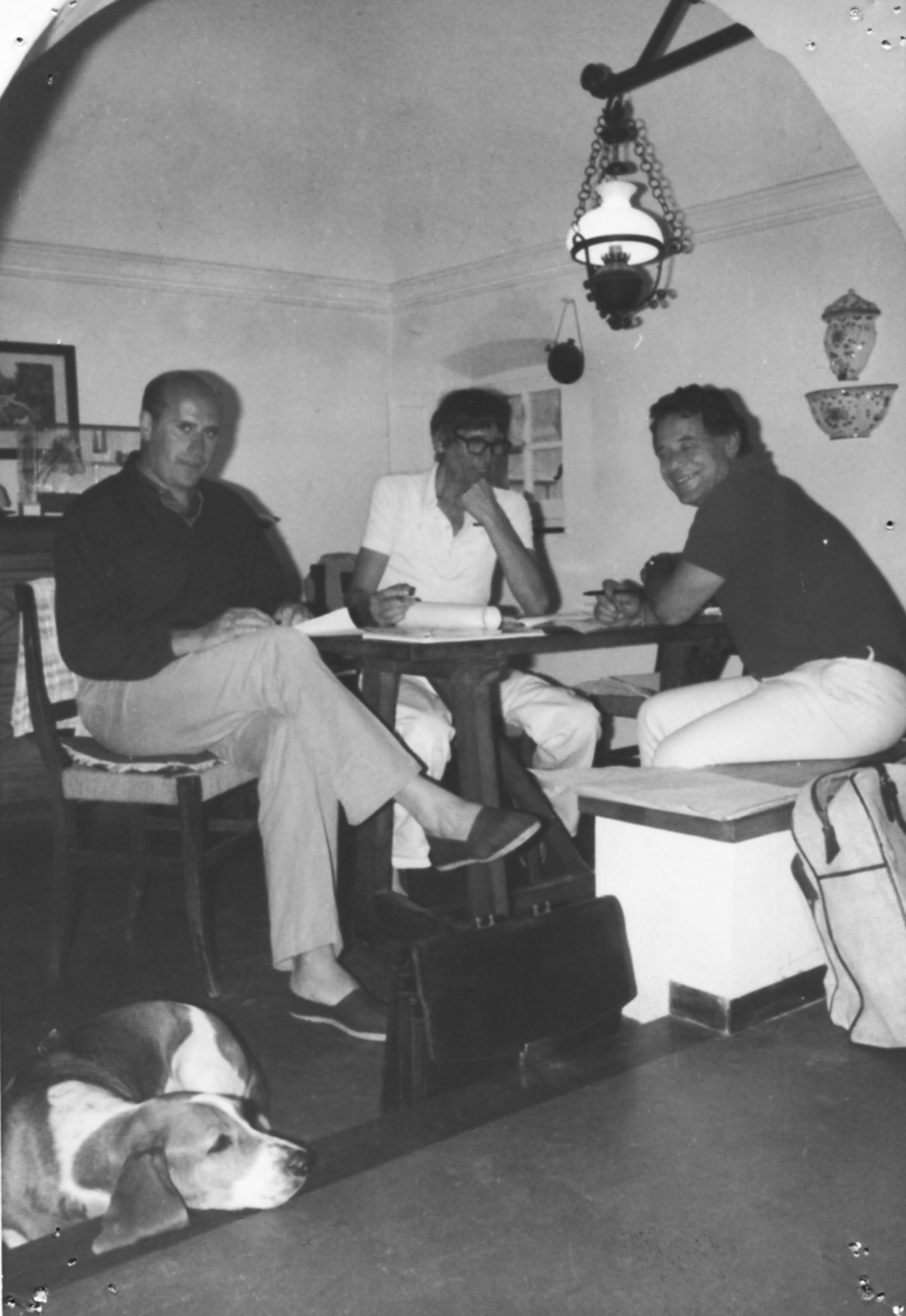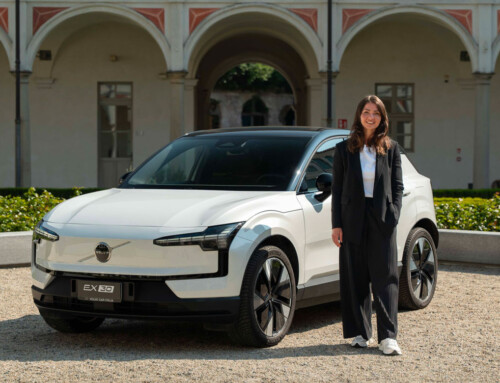A few days ago, Giuliano Molineri, a gentleman of great culture and a profound connoisseur of the world of design, passed away. Graduated in Philosophy, author of numerous books and articles on the subject, strategist in communication and marketing, he is remembered by many for his years at Giorgetto Giugiaro’s Italdesign, where he directed the industrial design division until 1999, and for his commitment to the city of Turin first in the promoting committee of the XX Olympic Winter Games 2006 and then as a member of ICSID (International Council of Societies of Industrial Design, based in Montreal) for the choice of Turin as the first World Design Capital (2008). Students and teachers will also remember him for his role as Scientific Director of the Istituto Europeo di Design in Turin from 2003 to 2008. We all applauded the prestigious and well-deserved Compasso d’Oro Lifetime Achievement Award that the ADI (Association for Industrial Design) awarded him in 2018 for his long activity as a “promoter and facilitator of Italian design in one of its most recognized fields in the world: transportation design”.
Perhaps not everyone knows, however, the bond that Giuliano Molineri has always had with our magazine, of which he was the creator at the end of the seventies together with the founder Fulvio Cinti. His culture and vision were decisive for the birth of Auto&Design, as we wanted to remember in 2019 on the occasion of the exhibition dedicated to the magazine’s 40th anniversary.
We publish below the text extracted from the catalogue “The Narrated Project, the exhibition of 40 years” with which Fabio Galvano, another protagonist of the genesis of A&D, has collected the testimony of that experience from Giuliano Molineri, to whom, together with an affectionate memory, all our gratitude goes.
AUTO&DESIGN, THE ORIGINS
They say that fortune always favours the brave and Fulvio Cinti certainly did not lack bravery when forty years ago he threw himself into the adventure of Auto&Design. And his good fortune held. In this case it lay in finding a group of people willing to stand by him with dedication and without whom his project would have certainly been delayed and, who knows, might perhaps never have got off the ground. Apart from a handful of faithful friends who would always remain in the wings, but who provided encouragement and funds for his endeavour, and apart from the person signing this article who gave the birth of Auto&Design a perhaps decisive journalistic slant by advocating an English version, two people stand out for their essential contribution: Giuliano Molineri and Eros Sogno.
A Philosophy graduate at the University of Turin, Molineri headed Studio Milani from 1971 to 1973, specialising in corporate image strategies, before joining Giorgetto Giugiaro’s Italdesign at the beginning of 1974 as head of PR, communication and image. He also directed the Industrial Design division, an activity that would take him to the leadership of Giugiaro Design(semi-durables, consumer products, non-car means of transport) in 1981. By that time, Auto&Design was already up and running. “Fulvio Cinti”, Molineri recalls today, “had met Giugiaro when Giorgetto was still working at Bertone after his spell with Fiat. A firm friend of Nuccio Bertone, whose courage and daring he admired, Cinti felt part of that environment. And I, who had been taking care of Giorgetto’s PR for some time, got to know him then”.
With his connections in the world of automotive design, Molineri was able to open many doors for Cinti, whose ambition – he recalls – “was to win the trust of design managers, convinced that only in that way could he obtain semi-confidential news and get his hands on original sketches that were not freely available in those days”. But above all, and here Molineri was a strong support, “he wanted to replace the word ‘style’ with the word ‘design’, convinced as he was that the birth of a car was not just a matter of forms, but of a complex project. This was how he aimed to free himself not only from Style Auto, the six-monthly magazine he had unsuccessfully started many years before, but also from Car Styling, the Japanese magazine founded by Akira Fujimoto which for a long time divided that specific sector of the market with Auto&Design, before its closure a few years ago”. Molineri also wrote some articles for the magazine, under the pen-name of Paul Sybille.
The jigsaw was basically completed for at that point Eros Sogno, who would be art director of Auto&Design for many years, came on to the scene. Among other things he designed the header for the first 41 issues and then the one that since 1987 has accompanied the new format of the magazine. Cinti had contacted him before discovering that Molineri had also met him at the beginning of the 1970s at Guido Jannon’s Studio Milani. “We also had a graphics division at our agency, and it was Sogno who ran it. He was what you could call a “character”: rather closed in on himself, but with great professional integrity, and with an exceptional ability to organise the work. He was an artist in every sense. He was a good painter. As a graphic designer he was very capable and had already had experience in journalism, even if some people thought he was a bit old-school. With Auto&Design he took on a new lease of life, giving his work everything he had for as long as his health lasted”.
The “three-way meeting” (it was supposed to be a four-way meeting, except that my newspaper picked those days to send me abroad) that took place in the Tower that Sogno rented in Borgio Verezzi, in Liguria, and in which the final idea of the magazine took shape, went down in the history of the magazine. “At the time”, remembers Molineri, “Turin still laid down the law in the world of design with its widespread creativity. But Cinti was not content with Turin: he visited all the style centres abroad, he made direct contact with the people running them, he endeavoured to build up the halo of reliability and trust that would become one of the strengths of Auto&Design, he also trained his sights on taking on a didactic role, so becoming a point of reference for many design students around the world”. It was a good team, our team.
Fabio Galvano, 2019












